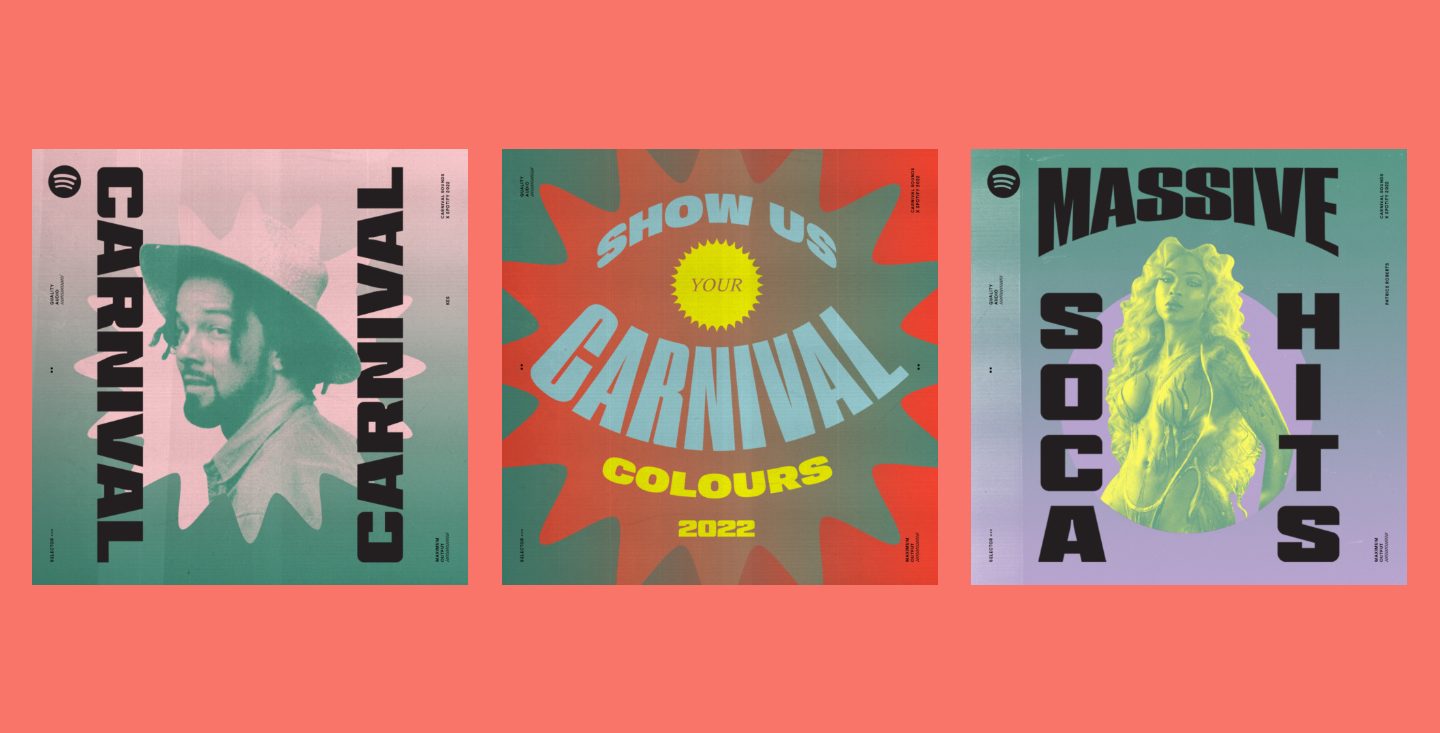
Soca Icon Kes Explains Why Carnival Is the Can’t-Miss Event of the Year in Trinidad and Tobago
When it comes to Carnival traditions, there are few bigger than Carnival in Trinidad and Tobago. Taking place each year in Port of Spain, it’s a time when the community comes together for a multi-day fete full of energetic music, elaborate costumes, and overall good vibes. But it goes much deeper than that.
Starting with the enslaved peoples of Trinidad and Tobago in the 18th century, Carnival has become a symbol of liberation and emancipation for those who grew up in and around Trinbagonian culture. Whether it’s the reenactments of the Canboulay riots on Carnival Friday, the J’ouvert paint party in the wee hours of Monday morning, or dressing up in a masquerade costume and “playing mas” during the main Carnival parades, these events are a way to remember and honor the ancestors and history of Trinidad and Tobago.
Still, music is at the heart of the Carnival, and the festivities revolve around two genres that originated from Trinidad and Tobago: calypso and soca. Shantel Noel, a member of the Artist & Label Partnerships team in Toronto who traces her own roots to the Caribbean, explained to For the Record that calypso and soca are staple sounds for Trinbagonians, much in the same way reggae and dancehall are at the core of Jamaican culture.
Calypso, anchored by legends such as Calypso Rose, is characterized by its storytelling, verbal wit, and use of the steel pan as a main instrument, she also noted. Like reggae, calypso songs tend to be on the slower side, and every year during carnival, calypso bands take part in Panorama, which is the largest calypso competition in the world.
“Soca, on the other hand, is more energetic,” she said. With faster-paced, drum-heavy rhythms, soca is music made for dancing. It’s during Carnival that the icons of the genre, such as Destra, Machel Montano, and Patrice Roberts showcase their latest tunes for the crowds.
In the eyes of Kes, another titan of soca, Carnival is an important time for musicians, not only because it’s a chance to perform for thousands of people, but because they help set the tone for the entirety of Carnival.
“The music is the soundtrack of Carnival. It ties everything together and dictates the energy and mood,” Kes told For the Record. “It carries the vibration of the people right up to the culmination when we take over the streets on Carnival Monday and Tuesday.”
But while Kes’s focus tends to be on the parades during Carnival, he still finds time to take in J’ouvert.
“If my J’ouvert is good, my Carnival is good.” Kes shared. “It’s where we take over the streets—covered in paint, mud, oil, or even chocolate!—and vibrations stay high from 4 a.m. until after the sun comes up. J’ouvert celebrates the Canboulay when the slaves revolted in the early hours of the morning and fought for their right to celebrate Carnival over 100 years ago.”
And much like other holidays around the world, Kes revealed that Carnival not only helps him connect with the history of Trinidad and Tobago, but with that of his own family.
“Carnival Friday morning I enjoy going to see the reenactment of the Canboulay riots, which is why we still celebrate today,” he said. “My father grew up around the corner where they hold it every year on Piccadilly Street in Port of Spain, so it’s my way of remembering him and all he taught us about culture growing up.”
Once the events wind down, Carnival-goers often experience a unique feeling referred to by Trinbagonians as “tabanca.” As tabanca sets in, many people experience deep sadness and might even cry as they return to their everyday routines. But it also gives them a sense of anticipation for the next year’s Carnival.
And as they carry on through the rest of the year, Kes explained that music is still at the heart of the culture.
“It’s in the way we speak, dance, eat, make love, and mourn,” Kes said. “It’s a general reflection of our innate vibe as Trinbagonians. We have always found the joy, laughter, and humor in the hardest of times. It’s our medicine. This is our culture and this is who we are.”
To catch more of the Carnival 2022 vibe, check out the Soca Classics and Soca Bashment playlists.










